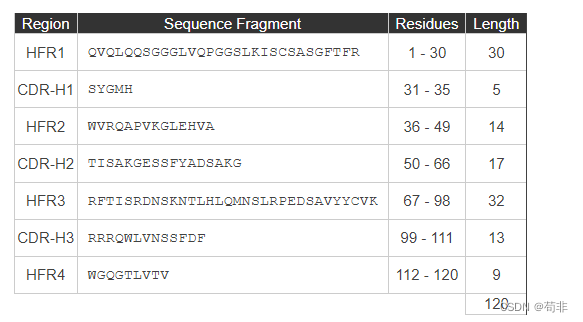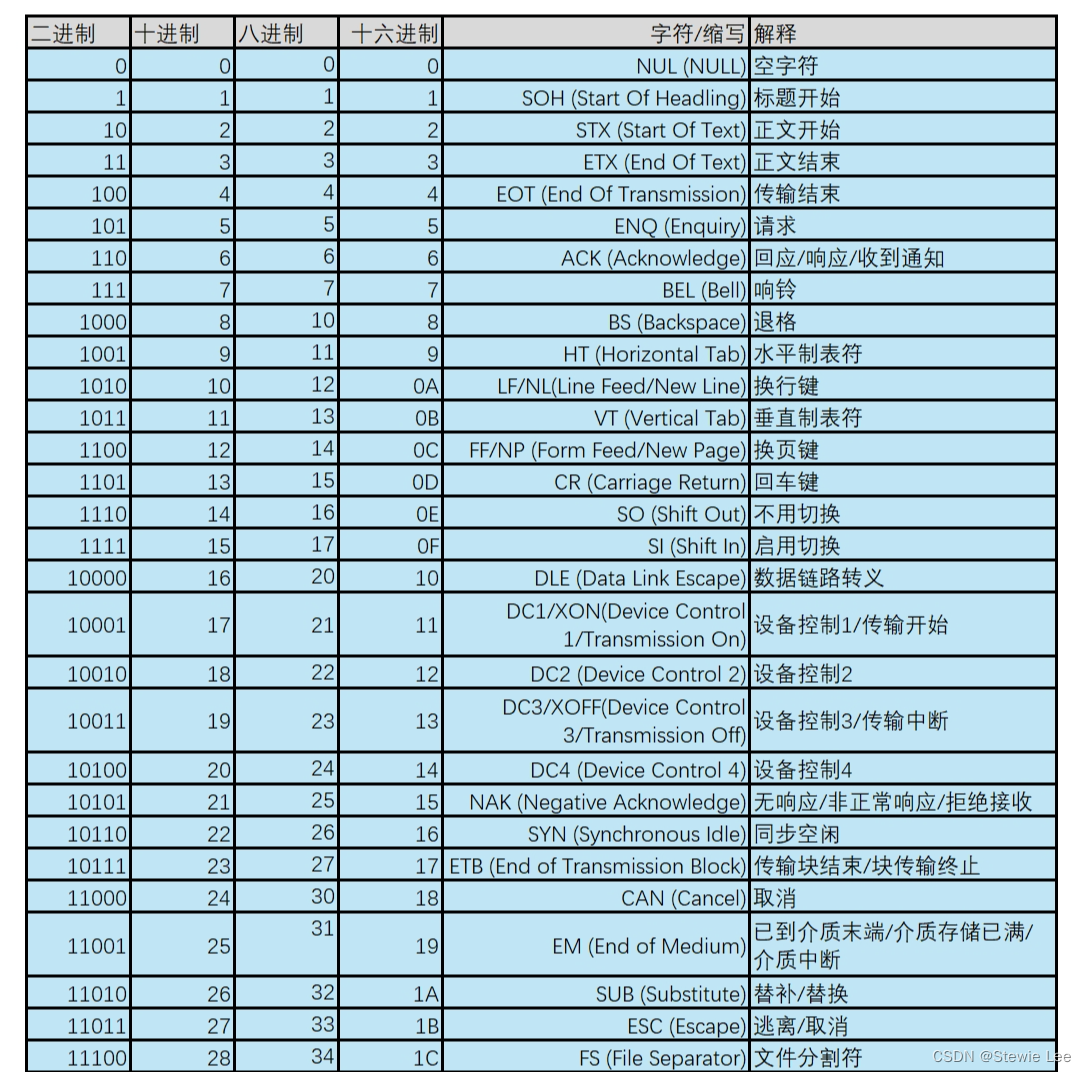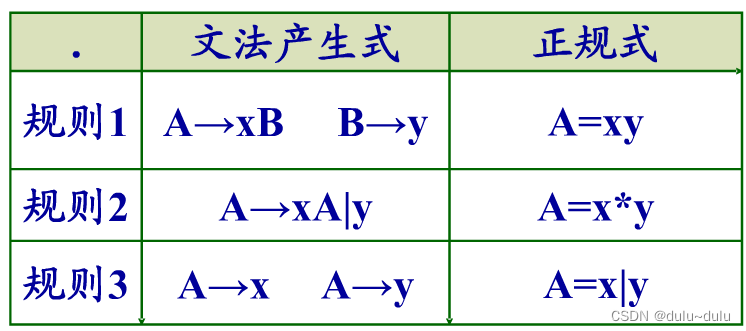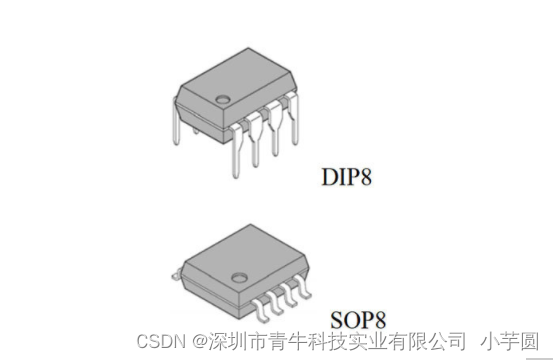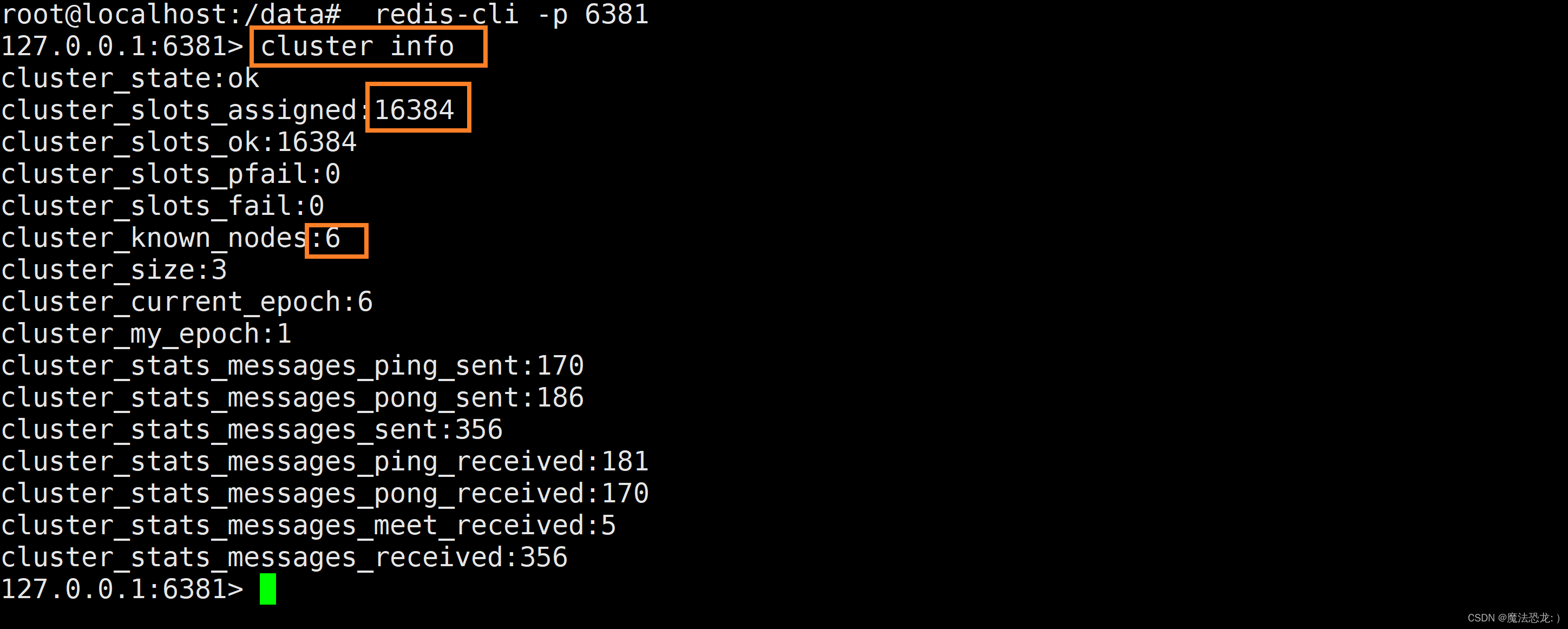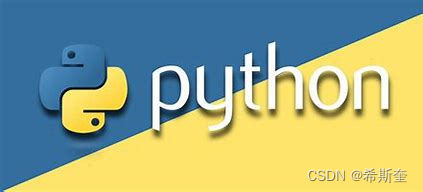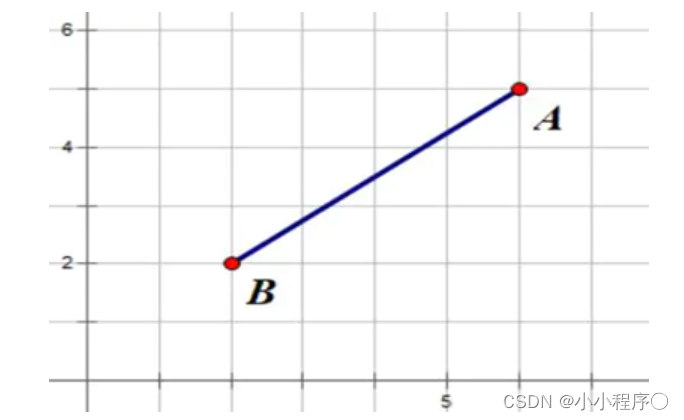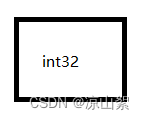主要转化语句为 tensor_dict = {k: tf.constant(v) for k, v in np_example.items() if k in features_metadata}。 增加了特征名称的选择,不同特征维度,特征数的判断等。
from typing import Dict, Tuple, Sequence, Union, Mapping, Optional
#import tensorflow.compat.v1 as tf
import tensorflow as tf
import numpy as np
import pickle
# Type aliases.
FeaturesMetadata = Dict[str, Tuple[tf.dtypes.DType, Sequence[Union[str, int]]]]
#FeatureDict = Mapping[str, np.ndarray]
TensorDict = Dict[str, tf.Tensor]
NUM_RES = 'num residues placeholder'
NUM_TEMPLATES = 'num templates placeholder'
NUM_SEQ = "length msa placeholder"
atom_type_num = 37
FEATURES = {
#### Static features of a protein sequence ####
"aatype": (tf.float32, [NUM_RES, 21]),
"between_segment_residues": (tf.int64, [NUM_RES, 1]),
"deletion_matrix": (tf.float32, [NUM_SEQ, NUM_RES, 1]),
"domain_name": (tf.string, [1]),
"msa": (tf.int64, [NUM_SEQ, NUM_RES, 1]),
"num_alignments": (tf.int64, [NUM_RES, 1]),
"residue_index": (tf.int64, [NUM_RES, 1]),
"seq_length": (tf.int64, [NUM_RES, 1]),
"sequence": (tf.string, [1]),
"all_atom_positions": (tf.float32,
[NUM_RES, atom_type_num, 3]),
"all_atom_mask": (tf.int64, [NUM_RES, atom_type_num]),
"resolution": (tf.float32, [1]),
"template_domain_names": (tf.string, [NUM_TEMPLATES]),
"template_sum_probs": (tf.float32, [NUM_TEMPLATES, 1]),
"template_aatype": (tf.float32, [NUM_TEMPLATES, NUM_RES, 22]),
"template_all_atom_positions": (tf.float32, [
NUM_TEMPLATES, NUM_RES, atom_type_num, 3
]),
"template_all_atom_masks": (tf.float32, [
NUM_TEMPLATES, NUM_RES, atom_type_num, 1
]),
}
def _make_features_metadata(
feature_names: Sequence[str]) -> FeaturesMetadata:
"""Makes a feature name to type and shape mapping from a list of names."""
# Make sure these features are always read.
required_features = ["aatype", "sequence", "seq_length"]
feature_names = list(set(feature_names) | set(required_features))
features_metadata = {name: FEATURES[name] for name in feature_names}
return features_metadata
def np_to_tensor_dict(
np_example: Mapping[str, np.ndarray],
features: Sequence[str],
) -> TensorDict:
"""Creates dict of tensors from a dict of NumPy arrays.
Args:
np_example: A dict of NumPy feature arrays.
features: A list of strings of feature names to be returned in the dataset.
Returns:
A dictionary of features mapping feature names to features. Only the given
features are returned, all other ones are filtered out.
"""
features_metadata = _make_features_metadata(features)
print(f"features_metadata:{features_metadata}")
tensor_dict = {k: tf.constant(v) for k, v in np_example.items()
if k in features_metadata}
#print(f"tensor_dict:{tensor_dict}")
# Ensures shapes are as expected. Needed for setting size of empty features
# e.g. when no template hits were found.
tensor_dict = parse_reshape_logic(tensor_dict, features_metadata)
return tensor_dict
def protein_features_shape(feature_name: str,
num_residues: int,
msa_length: int,
num_templates: Optional[int] = None,
features: Optional[FeaturesMetadata] = None):
"""Get the shape for the given feature name.
This is near identical to _get_tf_shape_no_placeholders() but with 2
differences:
* This method does not calculate a single placeholder from the total number of
elements (eg given <NUM_RES, 3> and size := 12, this won't deduce NUM_RES
must be 4)
* This method will work with tensors
Args:
feature_name: String identifier for the feature. If the feature name ends
with "_unnormalized", this suffix is stripped off.
num_residues: The number of residues in the current domain - some elements
of the shape can be dynamic and will be replaced by this value.
msa_length: The number of sequences in the multiple sequence alignment, some
elements of the shape can be dynamic and will be replaced by this value.
If the number of alignments is unknown / not read, please pass None for
msa_length.
num_templates (optional): The number of templates in this tfexample.
features: A feature_name to (tf_dtype, shape) lookup; defaults to FEATURES.
Returns:
List of ints representation the tensor size.
Raises:
ValueError: If a feature is requested but no concrete placeholder value is
given.
"""
features = features or FEATURES
if feature_name.endswith("_unnormalized"):
feature_name = feature_name[:-13]
# features是FeaturesMetadata数据结构
# FeaturesMetadata = Dict[str, Tuple[tf.dtypes.DType, Sequence[Union[str, int]]]]
unused_dtype, raw_sizes = features[feature_name]
#print(f"feature_name:{feature_name}")
#print(f"features value:{features[feature_name]}")
#print(f"features[feature_name]:{features[feature_name]}")
#print(f"unused_dtype:{unused_dtype}")
#print(f"raw_sizes:{raw_sizes}"
replacements = {NUM_RES: num_residues,
NUM_SEQ: msa_length}
if num_templates is not None:
replacements[NUM_TEMPLATES] = num_templates
# my_dict.get(key, default_value)
sizes = [replacements.get(dimension, dimension) for dimension in raw_sizes]
for dimension in sizes:
if isinstance(dimension, str):
raise ValueError("Could not parse %s (shape: %s) with values: %s" % (
feature_name, raw_sizes, replacements))
return sizes
def parse_reshape_logic(
parsed_features: TensorDict,
features: FeaturesMetadata,
key: Optional[str] = None) -> TensorDict:
"""Transforms parsed serial features to the correct shape."""
# Find out what is the number of sequences and the number of alignments.
num_residues = tf.cast(_first(parsed_features["seq_length"]), dtype=tf.int32)
if "num_alignments" in parsed_features:
num_msa = tf.cast(_first(parsed_features["num_alignments"]), dtype=tf.int32)
else:
num_msa = 0
if "template_domain_names" in parsed_features:
num_templates = tf.cast(
tf.shape(parsed_features["template_domain_names"])[0], dtype=tf.int32)
else:
num_templates = 0
if key is not None and "key" in features:
parsed_features["key"] = [key] # Expand dims from () to (1,).
# Reshape the tensors according to the sequence length and num alignments.
for k, v in parsed_features.items():
new_shape = protein_features_shape(
feature_name=k,
num_residues=num_residues,
msa_length=num_msa,
num_templates=num_templates,
features=features)
#print(f"new_shape:{new_shape}")
new_shape_size = tf.constant(1, dtype=tf.int32)
for dim in new_shape:
new_shape_size *= tf.cast(dim, tf.int32)
#print(f"new_shape_size:{new_shape_size}")
#print(f"original_shape_size:{ tf.size(v)}")
# 断言函数,用于检查两个张量是否相等。不相等引发异常
assert_equal = tf.assert_equal(
tf.size(v), new_shape_size,
name="assert_%s_shape_correct" % k,
message="The size of feature %s (%s) could not be reshaped "
"into %s" % (k, tf.size(v), new_shape))
if "template" not in k:
# Make sure the feature we are reshaping is not empty.
assert_non_empty = tf.assert_greater(
tf.size(v), 0, name="assert_%s_non_empty" % k,
message="The feature %s is not set in the tf.Example. Either do not "
"request the feature or use a tf.Example that has the "
"feature set." % k)
with tf.control_dependencies([assert_non_empty, assert_equal]):
parsed_features[k] = tf.reshape(v, new_shape, name="reshape_%s" % k)
else:
with tf.control_dependencies([assert_equal]):
parsed_features[k] = tf.reshape(v, new_shape, name="reshape_%s" % k)
return parsed_features
def _first(tensor: tf.Tensor) -> tf.Tensor:
"""Returns the 1st element - the input can be a tensor or a scalar."""
return tf.reshape(tensor, shape=(-1,))[0] # 将其转换为一维数组
## 读入FeatureDict列表
with open("HBB_features_lst.pkl", 'rb') as f:
HBB_features_lst = pickle.load(f)
Human_HBB_feature_dict = HBB_features_lst[0]
print(Human_HBB_feature_dict.keys())
#print(Human_HBB_feature_dict['num_alignments'])
features = FEATURES.keys()
#for key in Human_HBB_feature_dict.keys():
# if key not in features:
# print(key)
#print(features)
Human_HBB_tensor_dict = np_to_tensor_dict(Human_HBB_feature_dict,features= features)
print(Human_HBB_tensor_dict.keys())
#print(Human_HBB_tensor_dict)
#print(Human_HBB_tensor_dict["template_domain_names"])
